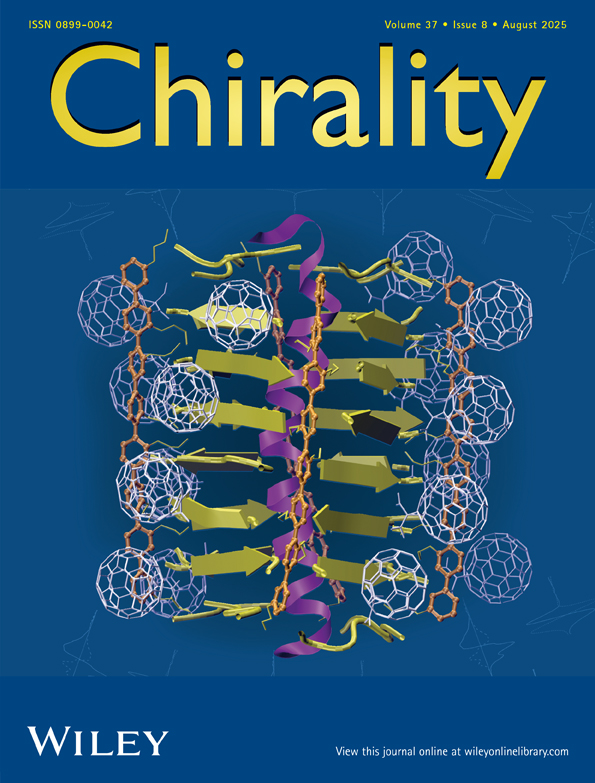Dichloro-, dimethyl-, and chloromethylphenylcarbamate derivatives of cyclodextrins as chiral stationary phases for high-performance liquid chromatography
Abstract
New dichloro-, dimethyl-, and chloromethylphenylcarbamate derivatives of cyclodextrins (CDs) were prepared and their enantiomeric recognition abilities were evaluated as chiral stationary phases (CSPs) in normal phase high-performance liquid chromatography (HPLC). The effects of the type of cyclodextrins, the nature and position of the substituents on the phenyl ring, binding mode and spacer on the chiral recognition were studied in detail. No marked change of chiral recognition abilities was established by reversing the binding side of CDs (i.e., by the narrower [primary] opening of the cone-shaped CD to silica gel with the wider [secondary] opening sides). This result indirectly proves the previously drawn conclusion about the minor role of inclusion phenomena in chiral recognition in this case. Nevertheless, chiral recognition of these CSPs toward some compounds critically depends on the type of CDs used. All CD derivatives described in this study show rather low enantiomeric resolving abilities compared with corresponding polysaccharide (cellulose and amylose) derivatives, although very high enantioselectivity of separation was observed for a few compounds, such as racemic flavanone and cyclopropanedicarboxilic acid dianilide. © 1996 Wiley-Liss, Inc.




